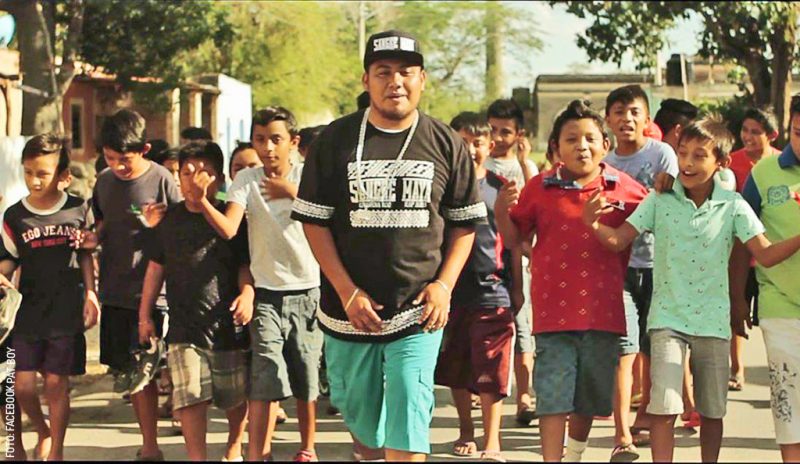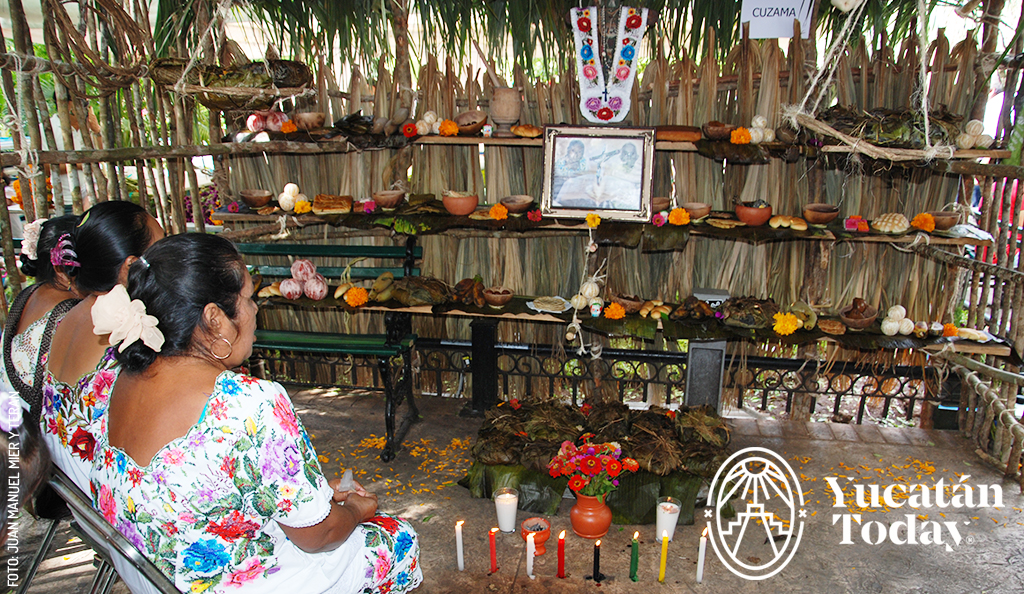
U Jaanalil Pixanoob: A Tradition with Female Origins
In Yucatán, the celebration that is internationally known as Día de Muertos or Day of the Dead, is known as Celebración de Finados (Celebration for the Deceased), or in Maya, U Jaanalil Pixanoob. When I was growing up in Peto, one of my teachers was, and continues to be, Amadeo Cool.
Amadeo told me recently that in the last 20 years, this festivity is best known as Jaanal Pixán, a controversial term that does not precisely express what the tradition is about. Amadeo learned from his grandparents that this tradition began when a group of young warriors that had planted their Milpas, had to leave for a battle from which they didn’t return.
Mothers gathered and went to the Milpas their sons had left behind, where they found abundance. The women began to cry, remembering the efforts of their sons who never got to see the fruits of their labor. They decided to harvest the corn and offer it to their sons’ spirits. This is why it is said that this custom was created by women, by mothers. This oral tradition coincides with reality since this celebration takes place during the harvest season.
By October, the corn that was planted should be ready for harvest, and it is then set out for the spirits. Offerings are made: Atole Nuevo placed in a Jícara, tortillas made with new corn known as Is Uaaj, boiled corn cobs, food baked in the underground oven known as Pib, and candied sweet potato are all put on the altar along with the deceased’s favorite foods and drinks. The table is always set with flowers, a Jícara with plain water, candles, and if there is a photo, it is placed in a special place on the altar.
Prayers are important during the whole process of setting up the altar, preparing the food items, and the celebration in general. I remember that when I was a young girl, schools would organize altar competitions in the park, and thankfully this tradition remains strong. During this time, the souls of our ancestors come back to visit and enjoy everything that is set out for them.
Amadeo tells me that oral tradition has kept this rite and its beliefs alive, as well as the adherence to the custom of using what the Earth gives us: the food, the Jícara, and fresh flowers. Plastic and other contaminants are not used. Altars are covered with handmade tablecloths. Food is wrapped in corn husk, known locally as Joloch, banana leaves, or other large leaves that grow in the Milpa.
Everything is done in the most ancient and traditional way possible, so that it will please the spirits that come to visit their families. The souls of adults, children, and those who are alone and don’t have anyone to remember them, are all welcome to enjoy the offerings. This is a belief that has stayed with our people and that remains strong in spite of other celebrations taking place at this time of year that can seem new and exciting to many people.
In some communities of Yucatán, this tradition is maintained because young children see their parents celebrating and continue the customs as they grow up. As Amadeo tells me, this tradition goes hand-in-hand with farm work and takes place thanks to the work of the men and women who work the land. Let’s continue to value our land, our crops, and let’s celebrate with our beloved deceased.
Editorial by Amadeo Cool and Andrea Medina
First published in Yucatán Today print and digital magazine no. 394, in October 2020.
Last updated in October 2023.
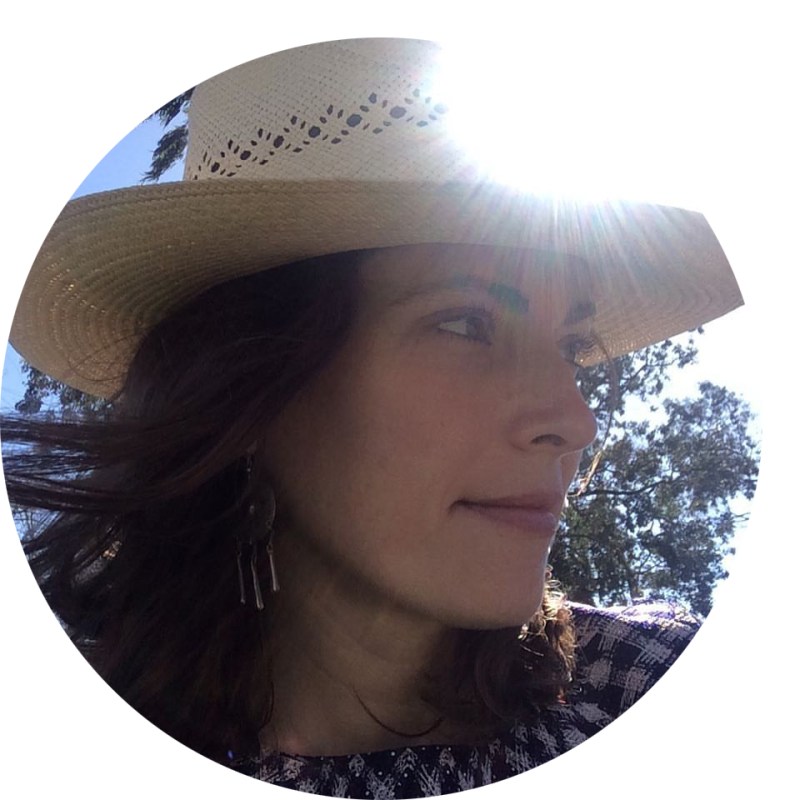
Author: Andrea Medina
Born in Mérida and raised in the heart of the Peninsula, I consider myself a “yucaterca.” My childhood – without electronics, surrounded by nature and indigenous communities – made me sensible towards real, simple, genuine things and people. At age 7, I started a radio show with the XEPET “The Voice of the Maya” which allowed my imagination and creativity to develop and become my favorite space.
¿Enamorado de Yucatán? Recibe en tu correo lo mejor de Yucatán Today.
No te pierdas nuestros mejores artículos y la edición digital cada mes antes que nadie.
Related articles
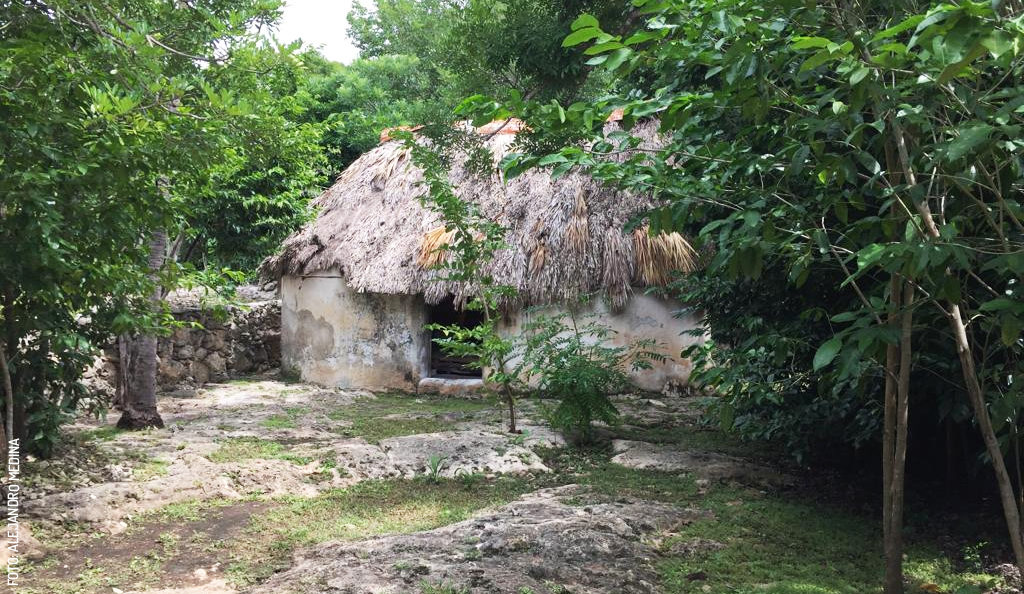
Telchaquillo: The Past in Today
When you visit Telchaquillo, you’ll notice the warmth of its people. Because it's a small town, everyone knows everyone and you will be referred to...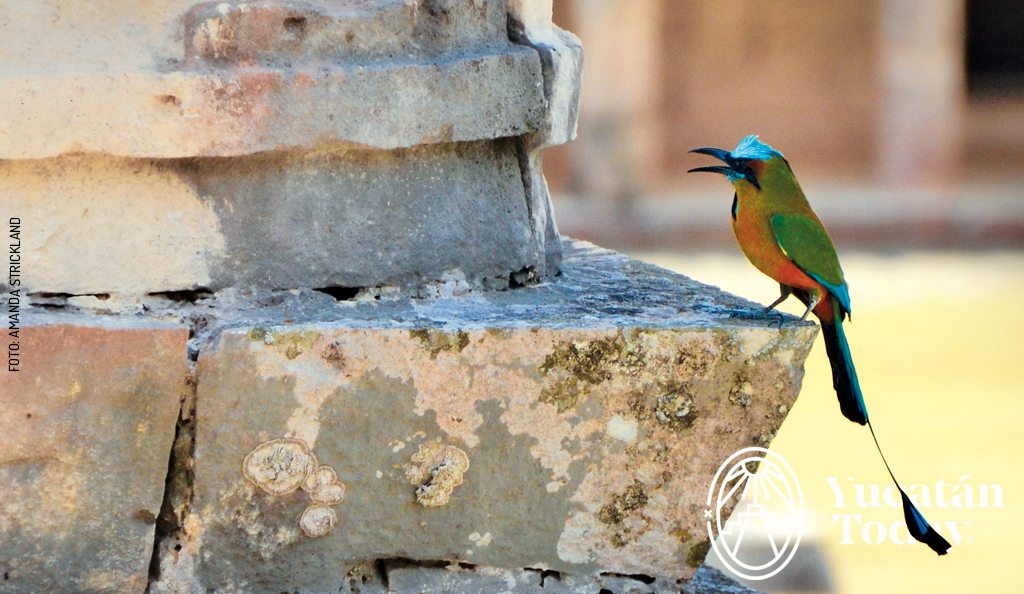
The Maya Legend of the Toh Bird
The Maya legend has it that the Toh used to be a very proud, aristocratic type, who ruled over the forest. He made the other birds do all the work...